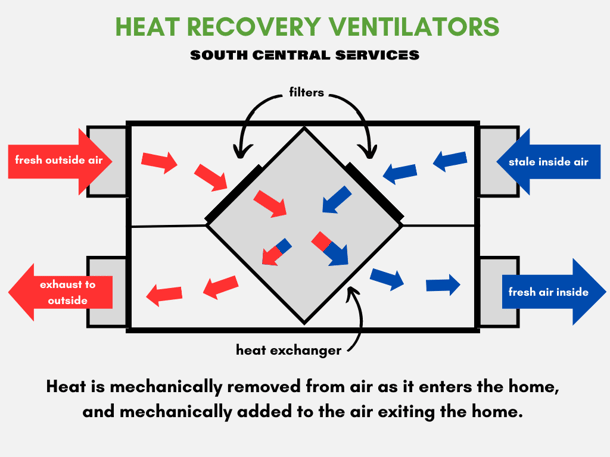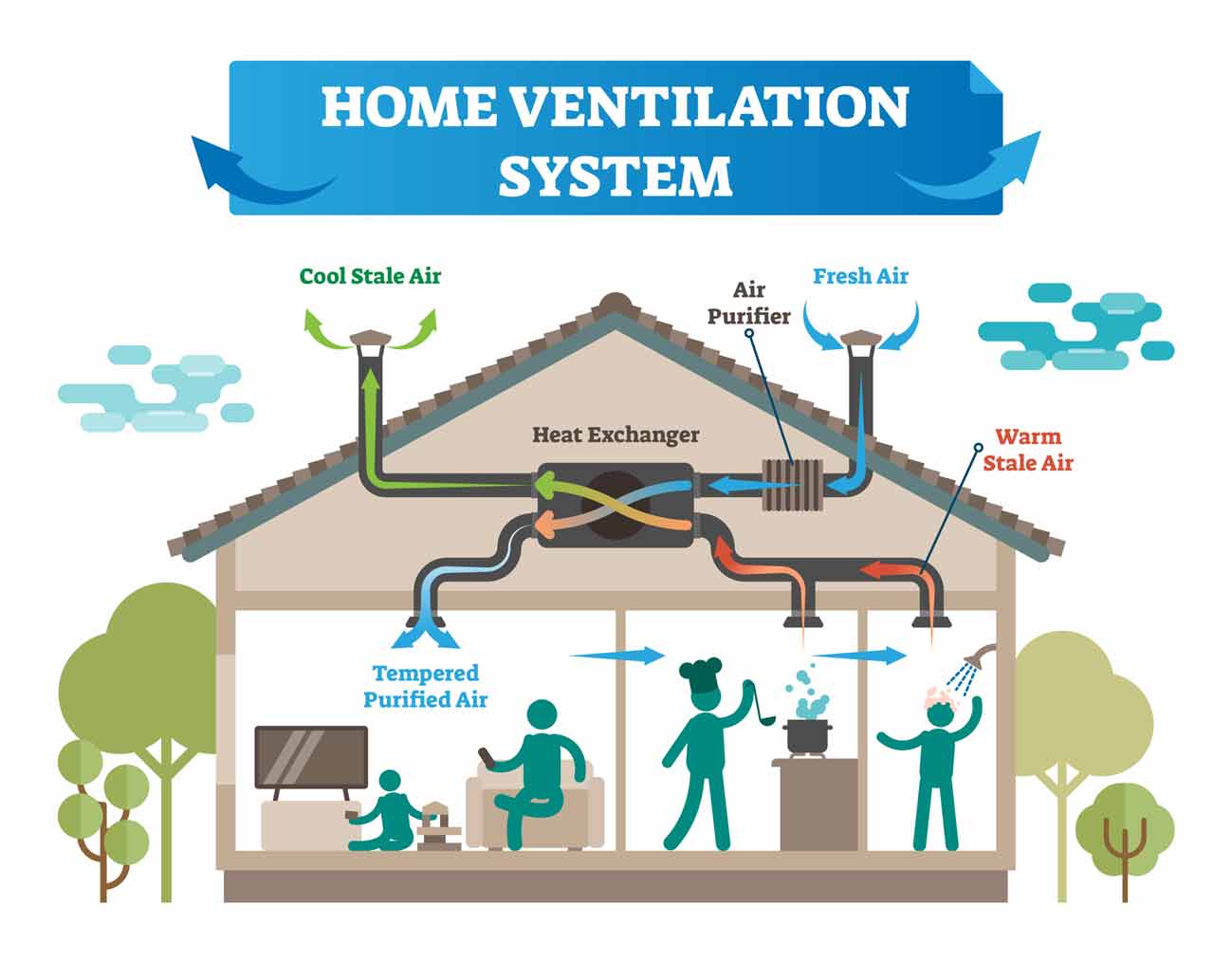HRV Selection Guide: What Features to Look For
Exploring the Perks of Heat Recovery Ventilation for Power Effectiveness in Houses
Heat Recovery Ventilation (HRV) systems use property owners a functional strategy to boosting power efficiency. By redeeming warm from outbound air, these systems can considerably minimize heating & cooling prices. In addition, they offer a steady supply of fresh air, enhancing interior air top quality and comfort levels. As home owners consider lasting options, recognizing the nuances of HRV systems comes to be significantly crucial. What aspects should one examine before making such an investment?
Understanding Heat Recovery Ventilation Systems

Just How HRV Improves Indoor Air Top Quality

Power Cost Savings: The Financial Advantages of HRV
Maximizing power efficiency, heat recovery ventilation (HRV) systems use substantial monetary benefits for property owners. By recuperating and reusing warm from exhaust air, HRVs considerably lower home heating and cooling prices. This innovation can cause energy savings of approximately 30%, relying on climate and use patterns. Property owners typically discover minimized my site energy bills quickly after installment, making HRVs a monetarily sensible financial investment gradually. In addition, several regions supply motivations or rebates for energy-efficient upgrades, even more improving the economic appeal. As power rates proceed to climb, the cost-effectiveness of HRVs becomes significantly clear. On the whole, the consolidation of HRV systems not only advertises energy efficiency but likewise adds to long-lasting financial savings for households.
The Environmental Influence of Heat Recovery Ventilation
A significant ecological benefit of heat recovery ventilation (HRV) systems hinges on their ability to minimize overall energy usage. By redeeming heat from exhaust air and moving it to inbound fresh air, HRV systems decrease the need for energy-intensive heating and cooling down approaches. This decrease in energy need adds to reduce greenhouse gas discharges, as less fossil fuel is required to maintain comfortable interior temperatures. Additionally, HRV systems improve indoor air high quality by effectively trading stale air with fresh exterior air, minimizing dependence on mechanical cooling systems that can hurt the environment. Generally, the application of HRV systems sustains lasting living practices and straightens with international efforts to combat environment adjustment by promoting energy effectiveness in domestic setups.
Picking the Right HRV System for Your Home
Just how can home owners ensure they pick the right heat recovery ventilation (HRV) system for their demands? First, they must evaluate their home's dimension and design, as these elements affect airflow demands. Next off, evaluating the system's efficiency ratings is vital, as higher scores show much better performance and power savings. House owners need to likewise consider installation and maintenance costs, contrasting different brand names and models for value. In addition, it is essential to examine noise degrees, as some systems operate even more quietly than others. Consulting with a/c professionals can supply customized recommendations based on details home conditions. my review here Lastly, examining individual testimonials and guarantees can aid in making an informed decision, ensuring that the selected HRV system properly enhances indoor air high quality and energy performance.
Often Asked Inquiries

Exactly how Typically Should I Tidy or Keep My HRV System?
The regularity of cleaning or keeping a heat recovery ventilation (HRV) system typically depends upon usage and environmental elements. Generally, it is recommended to perform maintenance every 6 months to guarantee peak efficiency and air quality.

Can HRV Systems Help In Reducing Moisture Levels Inside Your Home?
HRV systems can efficiently lower interior humidity degrees by exchanging stale, humid air with fresh, drier air from outside. HRV Heat Recovery Ventilation. This process aids maintain a well balanced indoor environment, improving convenience and avoiding moisture-related issues
What Is the Lifespan of a Regular HRV System?
The lifespan of a regular heat recovery Recommended Site ventilation (HRV) system differs, generally lasting in between 10 to 15 years. Normal maintenance can prolong its efficiency and operational life, guaranteeing peak efficiency throughout its use period.
Are There Any Kind Of Sound Interest In HRV Solutions?
Noise issues with HRV systems can arise, especially from fan procedure. Several contemporary devices are designed to reduce audio degrees, ensuring they run quietly while preserving effectiveness, which resolves possible disturbances in living settings.
Can I Install an HRV System Myself, or Do I Required a Professional?
The individual contemplated whether to set up the heat recovery ventilation (HRV) system directly or work with an expert. Generally, while do it yourself installation is possible, experience assurances proper performance and conformity with neighborhood building regulations, enhancing system efficiency.